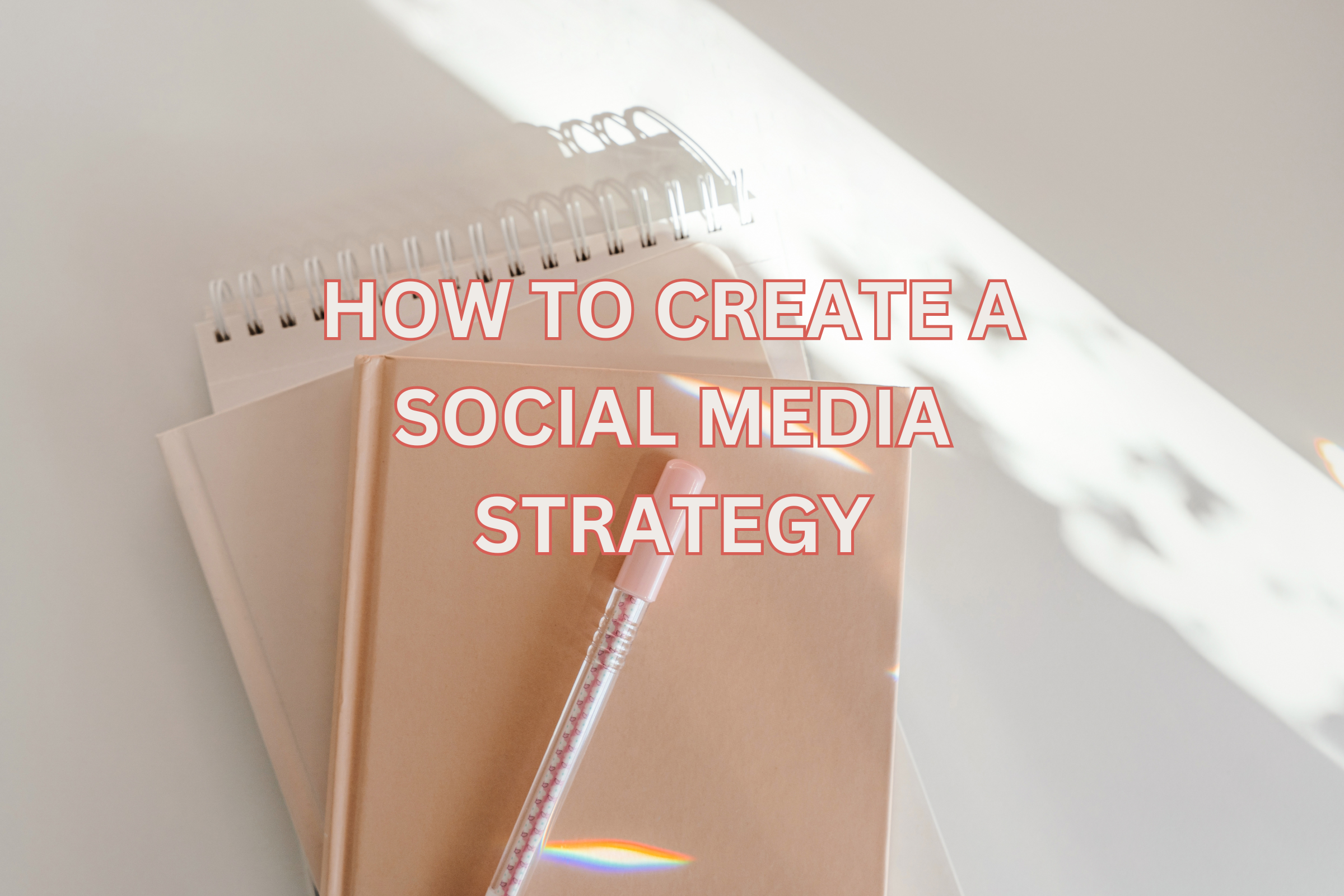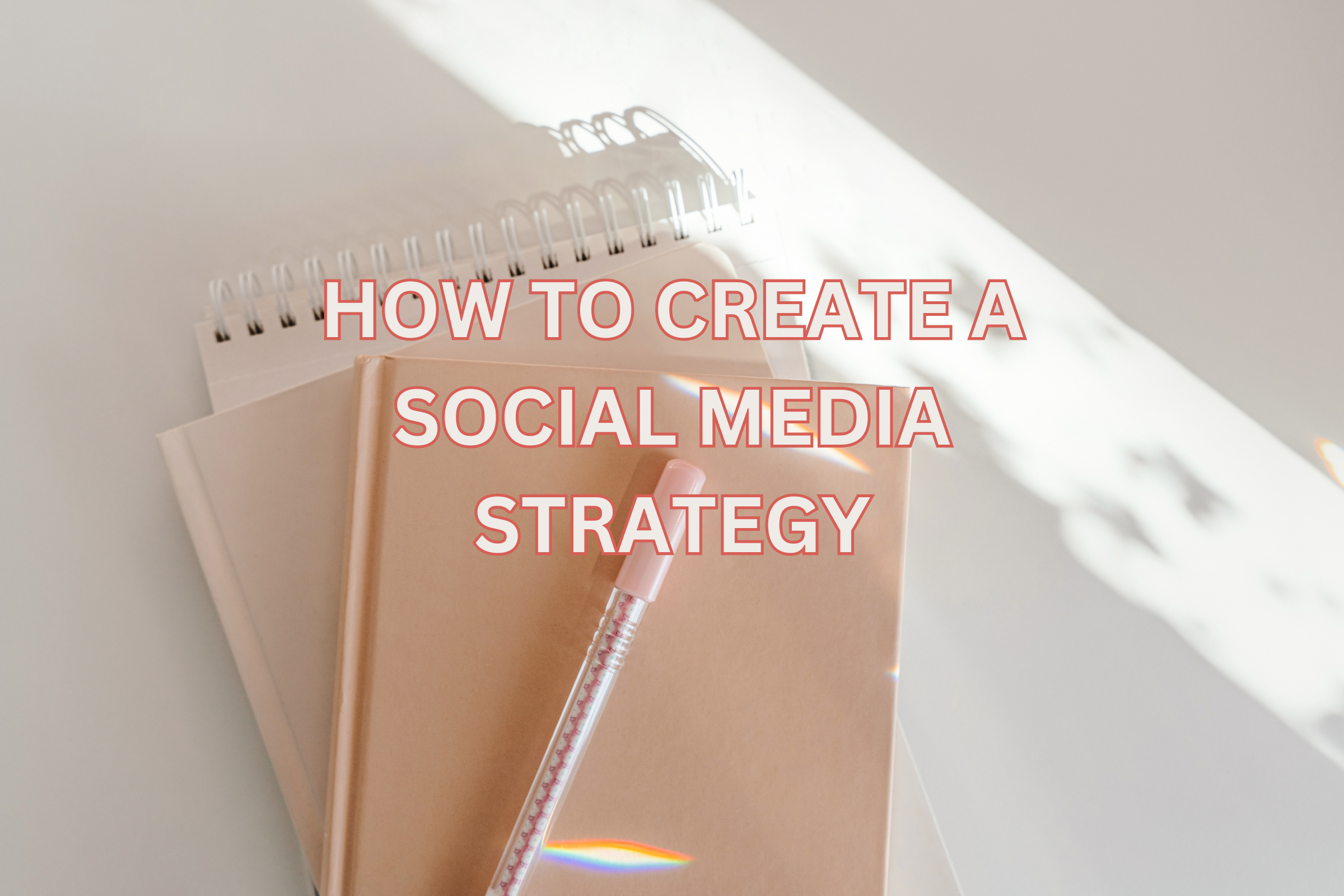How to Create a Social Media Strategy That Works for Your Small Business

You already know that, as a small business, you have to be on social media to reach your audience. There’s no doubt about it, with over 5 billion active social media users and an average time spent every day on social media of 2hours and 20 minutes!Social media can be a powerful tool for small businesses when used strategically. For your efforts to yield the wanted results, you need a clear plan on how you’re gonna use social media. Without a plan, it’s easy to get caught up in trends and lose track of your goals. As a social media specialist, I’ve seen firsthand how a well-structured strategy can help businesses grow and engage their target audience effectively. Social media strategy can be a complicated thing and it’s better if you work with a specialist to create one for you, but, if that’s not a possibility, try doing it yourself. A simple version is better than none, therefore don’t feel shy and give it a go.

What is a social media strategy? Put simply, a social media strategy is a detailed roadmap that defines your goals, the specific tactics you'll use to reach them, and the key metrics you'll track to evaluate your success. It should give a direction for all your social media activities.
What are the steps in building a successful social media strategy?
1. Set goals.
Before writing a strategy, you need to know what your purpose is for being on social media. What do you want to get out of it? These goals should be based on your general business goals, which you most probably have already. Take some time to have a clear understanding of what you want to achieve: is it a larger awareness? Is it growing a big community? Driving sales? Write your goals as specific as possible: instead of saying, "I want more followers," say, "I want to increase my Instagram following by 20% in the next three months." This way, you have a way to measure the success of your strategy and tweak it as needed.
2. Understand Your Target Audience
Knowing who your audience is and what they care about is key to creating content that resonates. You don’t need to reach everyone - just the people who are most likely to benefit from your products or services. This step would require some research, and, if you can, use online surveys or at least some social media polls to get more insights from the existing audience.
Actionable Tip:
• Create buyer personas to define your ideal customer. Consider their demographics (age, location, job title), pain points, and social media behaviour. This will guide your content creation and posting strategy. If you feel overwhelmed by this, then define your audience in a simpler way, but be as specific as you can.
3. Choose the Right Platforms
Depending on your audience and industry, some platforms will be more effective than others. For example, if you run a visual business like a boutique or a photography studio, Instagram and Pinterest are ideal. If you're a B2B service provider, LinkedIn might be more suitable. However, I always advice people not to be rigid in choosing their platform: if you are familiar with just one, you could try reaching your audience on that one, even if it’s not the “officially recommended” for your kind of business. If you are creative enough (and the algorithm is on your side), you’ll reach your audience on any platform! You don’t have to be everywhere, so choose the ones that you know you can realistically maintain and are the most effective.

4. Research your competitors
This is one of my favourite parts of creating a strategy: having a look at what others are doing. It’s so inspiring! The insights you get by doing this are: which social platforms they are using, what type of content do they post, how often, what performs best for them, what is their tone of voice, do they use ads, etc. Based on this research, you can decide if you want to emulate what works for others or go in a different direction.
5. Create a Content Plan
Your content is the heart of your social media strategy. It should align with your goals, appeal to your audience, and represent your brand’s voice. Try to be consistent in how often you post and maintain a balance between promotional content and posts that provide value for your audience.
Actionable Tips:
- Create a tone for your pages (formal or informal, funny or serious etc)
- Define your content pillars. More about that in this article: A Guide to Choosing Your Social Media Content Pillars
- Do a brainstorm for possible posts
- Decide what type of content you’re gonna post (carousels, videos, images)
- Develop a content calendar. Planning your posts ahead of time (at least 2 weeks) makes it easier to create the content and stay consistent. Tools like Trello, Airtable or Google Sheets can help you organise this.
- Schedule your content. You can do that by using the native scheduling system of each platform or by using third party apps like Buffer

6. Plan your engagement as well
Responding to comments, answering questions, and showing appreciation for your followers’ engagement builds trust and community. The more you engage, the more likely your followers will become loyal customers.
Actionable Tip:
• Dedicate time each day/second day to engage with followers and non-followers, relevant accounts in your industry, etc.
7. Measure success
Decide on how you’re gonna measure the success of your strategy and the time to do it. You can do an evaluation every 3 months to see how your accounts are performing, and, based on that, make some changes. Give it time before you deem it unsuccessful, and adjust when needed.
I hope these tips help you and don’t forget: creating a social media strategy that works for your small business is an ongoing process. With time and consistency, social media can become one of your most powerful marketing tools. If you need help, you can book one of my Collaborative Social Media Strategy Development where we'll work together to understand your brand goals, audience, and create a strategy that aligns with your vision.